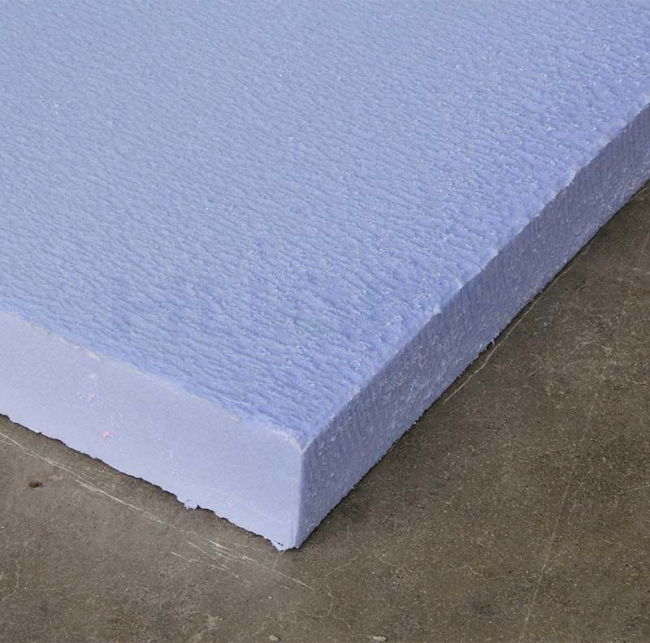The extruded board is a new type of energy-saving building material. It is widely used for wall and floor insulation due to its high compression resistance, excellent thermal insulation, light texture, easy use, wear resistance, and good corrosion resistance. Many excellent properties of the extruded boards are inseparable from the setting of the production process, and different production process treatments will have different effects on product performance. Below, the construction rubber foam supplier will introduce some technological processes related to the production of XPS extruded board:
1. Foaming: The extruded board is made of polystyrene resin or its copolymer as the main component, adding a small number of additives and heating and extruding. During the processing of the extruded board, the foaming agent vaporizes, expands and fills, forming air bubbles. In order to achieve thermal insulation, only proper foaming of the extruded board can achieve the effect of thermal insulation, and the uniformity of the cell structure determines the performance of the product.
2. Peeling treatment: In the production process of extruded boards, attention should be paid to the peeling process. The main purpose of this process is to improve the bonding force of the entire system and release internal stress. The improvement of the bonding force is beneficial to the construction adhesion, and can also improve the frost resistance and water resistance strength of the plate. The release of internal stress can effectively avoid the appearance of internal quenching in the long-term application of the plate, thus reducing the insulation performance of the plate and affecting the normal use of the plate.

3. Adding flame retardant: If the extruded board wants to have good flame retardant performance and is convenient for fire protection construction in the construction field, the process of adding flame retardant must be carried out in strict accordance with the regulations.
What is the anti-corrosion effect of the XPS extruded board? As a kind of insulation material, the XPS extruded board is excellent in performance. For thermal insulation materials, its anti-corrosion performance is one of the important criteria for testing its thermal insulation effect.
XPS extruded board has the characteristics of non-aging, non-decomposition, and no harmful substances during long-term use. Its chemical properties are very stable, and it will not be degraded due to water absorption and corrosion, which will cause its performance to decline. It will still be in a high-temperature environment. Can maintain superior performance.
According to relevant data, XPS extruded insulation board can still maintain excellent performance even after 30-40 years of use, and there will be no decomposition or mildew, and there will be no volatilization of toxic substances.
In summary, the XPS extruded board not only has good anti-corrosion and stability but also is very environmentally friendly, which is very popular for people with increasingly strong environmental awareness.
评论
发表评论